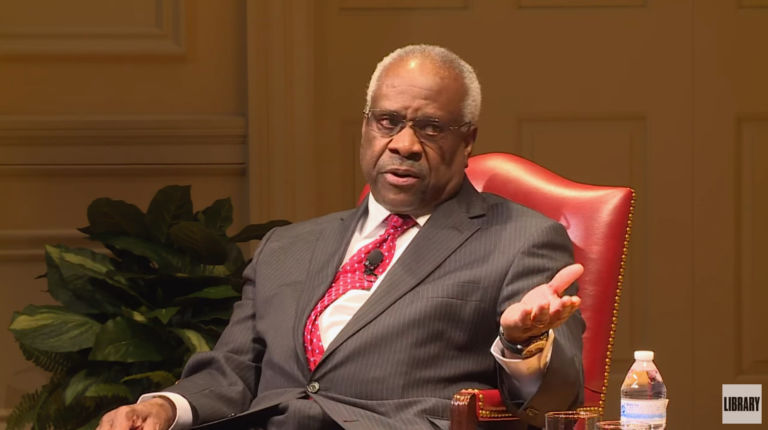In 2008 and 2011 the John Locke Foundation published policy reports on North Carolina’s automobile insurance system. The reports by Eli Lehrer made several findings, including:
- Low-risk drivers in North Carolina are overcharged to subsidize riskier ones
- Every insured driver pays a hidden tax to the Reinsurance Facility, the state-mandated insurance pool for risky drivers — insurers are forbidden by law to disclose this tax on statements
- Nationally, only about one percent of insured drivers are placed in a reinsurance market, but in North Carolina, about one-fourth are
- Insurance companies are allowed to put anyone in the risk pool who has risk factors that make him unprofitable to insure
- These risk pools include "clean risk" and "dirty risk" drivers ("dirty risks" are people who have committed traffic offenses or made insurance claims that "count" under state law, while "clean risks" have not done these things)
- Dirty risks pay the higher Facility rates, but clean risks don’t — they are the ones that all the other drivers have to subsidize, by paying the difference between their mandated rate and actual, higher rate
- Drivers placed in the risk pool are not notified about it and continue to receive bills from their private insurance companies
- This setup guarantees insurance companies a profit
- It prevents them from being able to write policies to riskier drivers, so subsidies good drivers would receive from risky drivers disappear
- That means it denies the best rates to good drivers
- It imposes financial harm on women and older drivers
- It also stymies innovative insurance products offered in other states, such as rebate checks for good drivers, quote comparison for insurers, pay-per-mile premiums, etc.
In 2012 the General Assembly received a report (viewable here) from the Automobile Insurance Modernization Committee, which it had tasked to study issues related to automobile insurance rates in North Carolina. Facts that emerged from committee proceedings include the following:
- Rates in North Carolina are among the lowest in the nation
- Low rates in North Carolina are mainly because of the state’s cost of living, tort laws, safe roads, and other factors, and reform would likely not change rates much
- Costs for consumers are impacted by the hidden fees for the residual market (the Reinsurance Facility) and a lack of price competition because the rate approval process is centered on the Rate Bureau
- North Carolina’s residual market is so large that the state has 80 percent of the country’s entire residual market
- North Carolina is the only state with a Rate Bureau that sets the base rate for all insurers without allowing any deviations up, forcing insurers to cede drivers to the Reinsurance Facility if the Rate Bureau’s rate is insufficient to cover the risk
- Drivers ceded to the Facility include "clean risk" drivers, whose rates cannot exceed the approved Rate Bureau rate
- All other drivers in North Carolina have to pay a hidden recoupment surcharge to cover the rest of costs imposed by "clean risk" drivers in the Facility
The committee’s top recommendation was that the General Assembly enact an automobile insurance system "more reliant on free market principles that reduces the population of the Facility, eliminates the need for the hidden recoupment surcharge, encourages competition, and also allows for more innovative products and benefits for the consumer."
What would such a system look like? Lehrer’s reports offered several proposals, which included:
- Ending the Rate Bureau’s role in setting insurance rates
- Requiring insurers to file rate plans at their own expense
- Getting rid of the insurance industry’s profit guarantee
- Requiring "clean risk" drivers in the Facility to pay their own way over time
- Establishing a "flex band" for smaller changes in insurance rates — used in many states with prior approval systems, this reform would allow insurers to make slight rate adjustments upward or down within a certain "flex band" range (a set percentage) with minimum paperwork but with oversight after the fact by the state to protect consumers
- Encouraging innovative insurance product offerings by allowing insurers to use age, gender, and other data to make rate decisions
If nothing else, the massive overrepresentation of Tar Heels on the residual insurance market and the fact that, in North Carolina, good drivers subsidize risky ones instead of the other way around, are two strong testaments to the need to rethink the state’s automobile insurance system.
Click here for the Rights & Regulation Update archive.
You can unsubscribe to this and all future e-mails from the John Locke Foundation by clicking the "Manage Subscriptions" button at the top of this newsletter.


